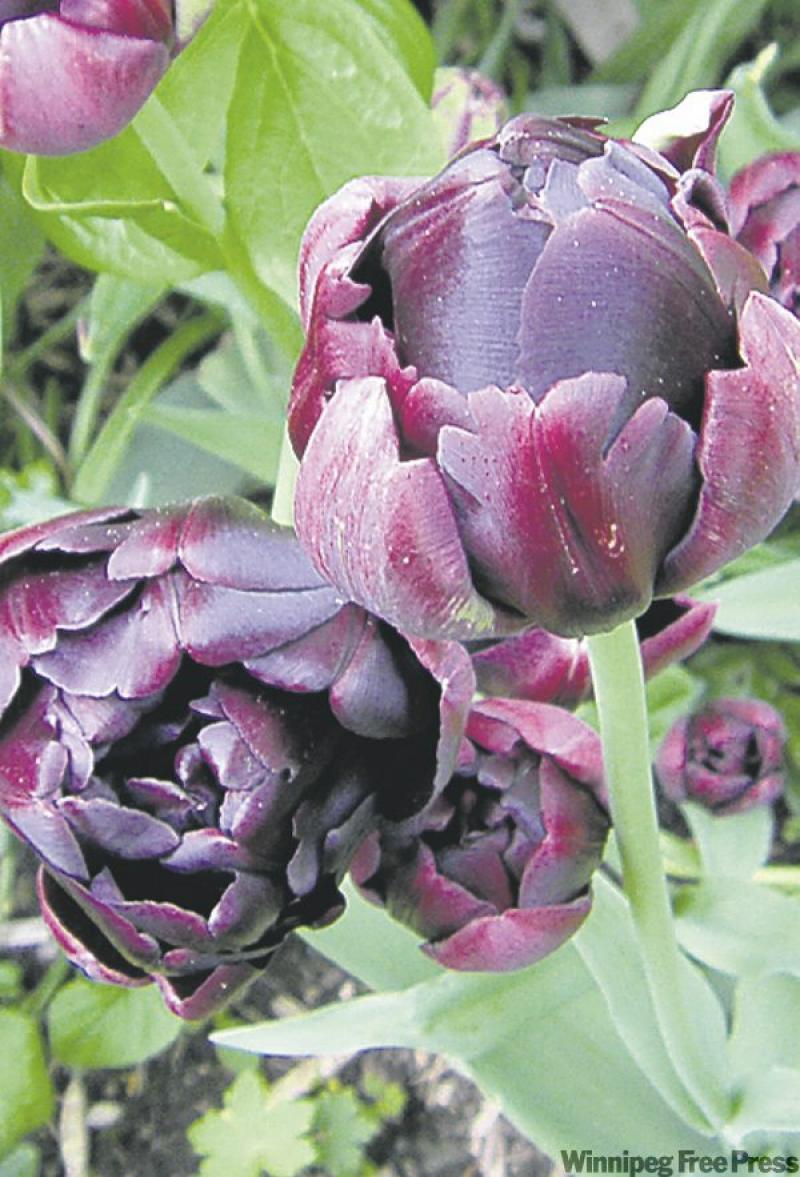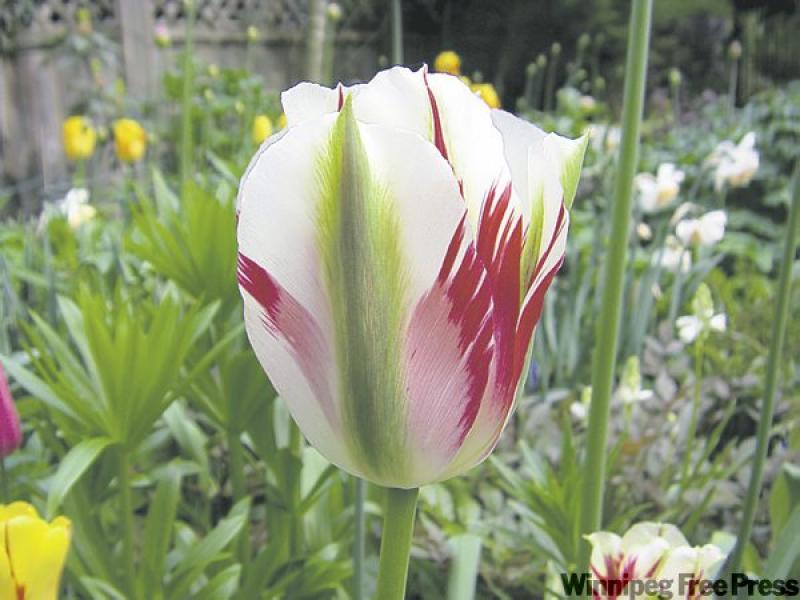
Starting with spring bulbs, if you want to make sure they bloom next year, treat them properly this spring. Tulips are normally strong for only one year, whereas narcissus (including daffodils) can be counted on for a couple of years. However, you can extend this for a year or two by helping them along each spring.
As soon as you see a spring bulb producing a bud or a flower, feed it. The easiest way is to mix water-soluble organic fertilizer in your watering can, then water the soil around where the bulbs are growing. Really soak the area, because the water and fertilizer mix has to reach the bulbs and their roots.
The next step is to deadhead them as soon as they've finished blooming. Pinch off the flower heads as soon as they've faded, before they get a chance to form seed pods. Just snap off the flower head, leaving as much of the stem as possible.
Then, leave the bulb foliage alone until it ripens. This is when the bulbs have a chance to restore the energy they expended on growing leaves and flowers. It might take a few weeks for the bulb to fully replenish itself, but it will let you know by allowing its foliage to turn yellow and then die off. When you see it start to turn yellow, remove the old foliage by cutting it off at ground level.
By doing these three things (feeding, deadheading and waiting for them to ripen), you'll give many of your spring bulbs what they need to be strong enough to re-bloom next year. You can't count on as good a show as the first year, but why waste the potential?
The most common shrubs that flower in the spring are forsythia, lilac, philadelphus, spirea and weigela.
These plants can last for many years, but if you want them to keep producing vigorous growth and vibrant flowers each spring, give them a helping hand.
First, feed them every spring. For some reason, shrubs are often overlooked when it comes to regular feeding schedules.
Water them with a liquid fertilizer or spread a granular one.
The next essential is to deadhead the shrubs as soon as they've finished flowering to stop the flowers from forming seeds. If you don't do this, you'll gradually see a reduction in the number and size of flowers.
To deadhead forsythia, spirea and weigela, remove the whole section of the branch that had flowers on it. New branches will grow during the early summer, which will be the flower stems for next spring.
For lilac and philadelphus (mock orange), prune off the individual flower heads where they join the branch. New stems and buds will grow during the summer for next year.
QUESTION: Over the past few years I've planted 150 daffodil bulbs. They all flowered the first year but since then, I have had precisely two blooms. I fertilize them each year. Do I leave them in the ground and hope for the best next year? Or, do I dig them up and throw them out?
ANSWER: When the foliage turns brown in the late spring, dig them up, separate the larger bulbs from the tiny offsets, fertilize the soil with compost and bone meal, then replant the larger bulbs with three inches between them.
If you have a question, send it to stuartrobertsontips@gmail.com
-- Canwest News Service




